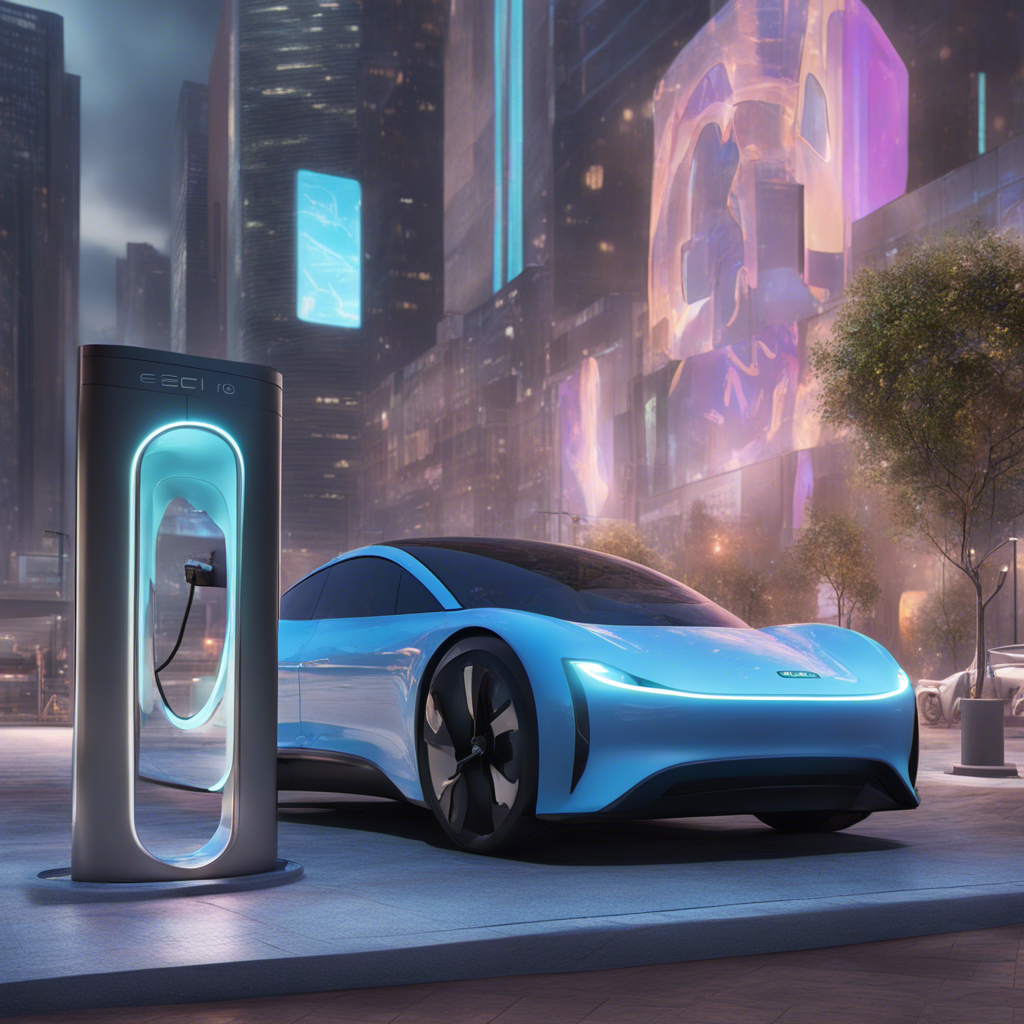
Welcome, friends! Are you looking for some affordable electric cars in Australia. Let’s take a journey down the evolving roads of Australia, where the roar of combustion engines is gradually being replaced by the quiet hum of electric cars or electric vehicles (EVs). As someone who’s fascinated by how technology shapes our lives, I’ve been closely watching the electric car scene heat up down under. So, whether you’re an EV enthusiast, a potential buyer, or simply curious about the green shift in the automobile industry, this post is for you.
Introduction
Imagine cruising down the Great Ocean Road, the wind in your hair, and not a single drop of petrol powering your ride. Sounds like a dream? Well, it’s quickly becoming a reality in Australia, where electric cars are starting to make waves. This isn’t just about luxury or cutting-edge tech anymore; it’s about making EVs accessible and affordable for everyone. So, buckle up as we explore this electric dream together and have a look into some affordable electric cars in Australia
Overview of looking at some Affordable Electric Cars (EV)Vehicle Market in Australia
Australia’s EV market is, quite literally, charging ahead. While we were a bit slow off the mark compared to some countries, the last few years have seen a significant uptick in interest and investment in electric cars.
The Shift Towards Sustainability
The Importance of Making Electric Cars Affordable
For a long time, electric cars were seen as the domain of the wealthy. However, the tide is turning, and the focus is now on making EVs affordable for the average Aussie. Because let’s face it, a sustainable future needs to be an inclusive one.
The Current Landscape of Affordable Electric Cars in Australia
Overview of Electric Vehicle Availability
From compact cars to SUVs, the range of electric vehicles available in Australia has grown exponentially. This variety means more choice for consumers, both in terms of style and price.
Types of Electric Vehicles Available
Key Players in the Australian Market
Market Share of Electric Vehicles
Factors Influencing the Adoption of Affordable Electric Cars
Government Policies and Incentives
Consumer Attitudes Towards Electric Vehicles
Comparing Costs: Electric vs. Traditional Vehicles
Initial Purchase Price Comparison
Long-term Savings and Benefits
Availability of Subsidies and Incentives
Showcasing Affordable Electric Cars Models in Australia

Affordable doesn’t have to mean basic. Let’s shine a spotlight on some models that prove it but before that let’s check out at some criteria which could help you decide the best car for you.
Criteria for Affordability
Cost of Ownership Analysis
Price Range Definition
Eligibility for Government Incentives
Top of Some Affordable Electric Cars Models in Australia
From the Nissan Leaf to the Hyundai Ioniq, there are several models that offer great value, impressive features, and a comfortable ride without breaking the bank.
Overview of Each Model
Nissan Leaf: A pioneer in the affordable EV market, the Leaf combines reliability with a surprising amount of zip.
Hyundai Ioniq: Available in both hybrid and fully electric versions, the Ioniq is versatile, stylish, and packed with tech.
Key Features and Specifications
Range, charging time, and horsepower vary across models, but one thing they all share is a commitment to cleaner, greener driving.
Price and Available Incentives
With prices starting under $50,000 for some models, and various incentives available, jumping into an EV is more accessible than ever.
Making the Switch: What Prospective Buyers Need to Know
Considering making the leap to electric? Here’s what you need to ponder.
Assessing Needs and Lifestyle Compatibility
EVs aren’t just for city slickers or short commutes. Today’s electric cars can suit a range of lifestyles and driving needs.
Financing and Insurance Options
Understanding the financials is key. Luckily, more banks and insurers are getting on board with electric, offering competitive options for buyers.
Understanding the Charging Infrastructure
Gone are the days of “range anxiety.” With more public charge points popping up and home charging options available, topping up your EV is easier than ever.
Challenges and Opportunities Ahead
The road to electrification is paved with both hurdles and hope.
Addressing Range Anxiety
Innovations in battery technology are making EVs more versatile, with longer ranges and faster charging times.
Innovations in Battery Technology
Advances in battery efficiency not only extend the range but also reduce the environmental impact of EVs even further.
Expansion of Charging Infrastructure
The continued growth of charging networks is critical to the widespread adoption of electric vehicles.
Public Perception and Education
The more we talk about and experience EVs, the more normalised they become. Education is key to overcoming biases and misconceptions.
Future Outlook for Electric Vehicles in Australia
The future’s looking bright… and electric.
Government Policy and Future Incentives
With the government increasingly throwing its weight behind electric vehicles, we can expect to see more supportive policies and incentives.
Expected Trends in EV Models and Prices
As technology advances and production scales up, we’re likely to see an even wider range of electric cars at more accessible price points.
The Role of Renewable Energy
Integrating EVs with Australia’s growing renewable energy sector is a match made in heaven, further reducing the environmental impact of our travel.
Towards a Sustainable Future: The Role of Consumers and Government
Shifting to electric vehicles is a team effort, requiring active participation from both consumers and the government.
Empowering Consumers
Knowledge is power. By staying informed and making conscious choices, consumers can significantly impact the market and the environment.
How Consumers Can Drive Change
Every electric car on the road is a step towards a cleaner, greener Australia. Your choice matters more than you think.
The Importance of Consumer Education and Awareness
Understanding the benefits and practicalities of EVs is essential. The more you know, the better equipped you are to make a choice that’s right for you and the planet.
Government Initiatives and Policies
The government plays a pivotal role in facilitating the shift to electric vehicles. From incentives to infrastructure, policy decisions are crucial.
Current Incentives and Support Structures
Rebates, tax breaks, and investment in charging infrastructure are just a few ways the government is supporting the EV revolution.
Future Plans for Supporting EV Adoption
Looking ahead, we can expect continued investment in EV infrastructure, along with policies designed to make electric cars even more attractive to consumers.
Collaborative Efforts for a Green Transition
The transition to electric vehicles is a collective journey, involving partnerships between the government, private sector, and the community.
Partnerships Between Government and Private Sector
Collaborations are key to innovation and infrastructure development, making the EV ecosystem more robust and efficient.
Community Initiatives and Public Engagement
Grassroots movements and community engagement play a vital role in spreading the word and normalising the use of electric vehicles.
Embracing electric cars is not just about driving the latest technology; it’s about driving change. Each electric vehicle on the road is a step towards a sustainable future, and together, we can make a difference. Let’s continue to be curious, stay informed, and choose cleaner, greener ways to travel. The future is electric, and it’s a future we can all be part of shaping.
Conclusion
Electrifying Australia’s roads is not just a possibility; it’s happening right before our eyes. Making electric cars accessible and affordable is crucial for this transition, and it’s a journey that involves all of us. From government to consumers, every choice towards an electric vehicle is a step towards a cleaner, greener, and more sustainable future.
Frequently Asked Questions (FAQs)
Electric cars offer numerous advantages, including lower running costs, reduced greenhouse gas emissions, and a smoother, quieter ride.
While the initial purchase price of an EV can be higher, the total cost of ownership is often lower, thanks to savings on fuel, maintenance, and tax incentives.
Incentives vary by state but can include stamp duty waivers, reduced registration fees, and rebates for the purchase of an EV or home charging equipment.
There are several apps and websites that map out EV charging stations across Australia, making it easy to plan your trips.
Yes, electric cars produce zero tailpipe emissions and, when charged with renewable energy, can significantly reduce your carbon footprint.
